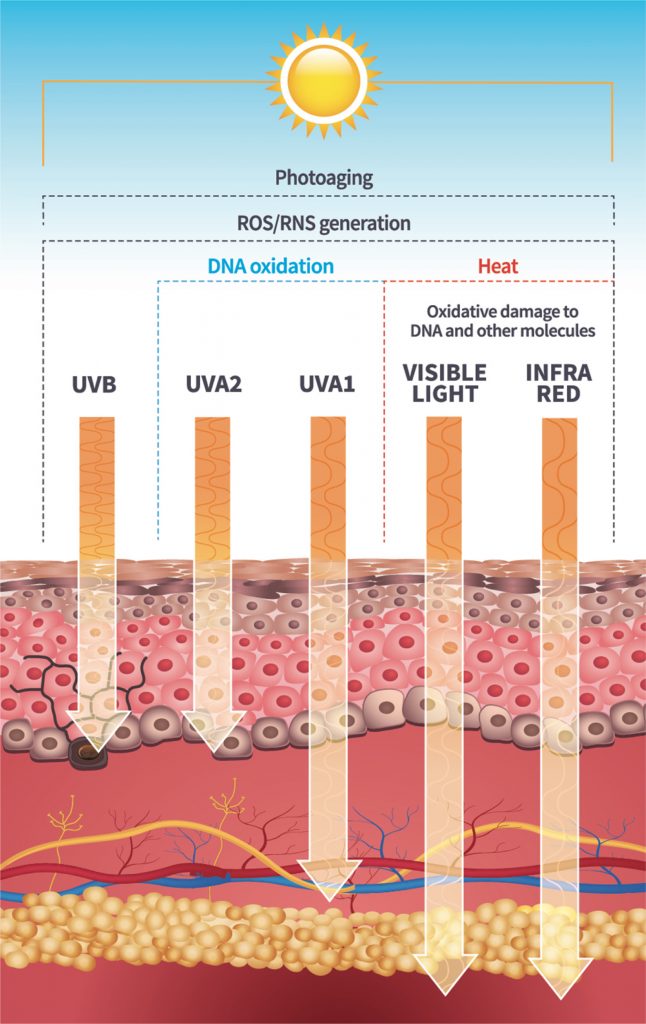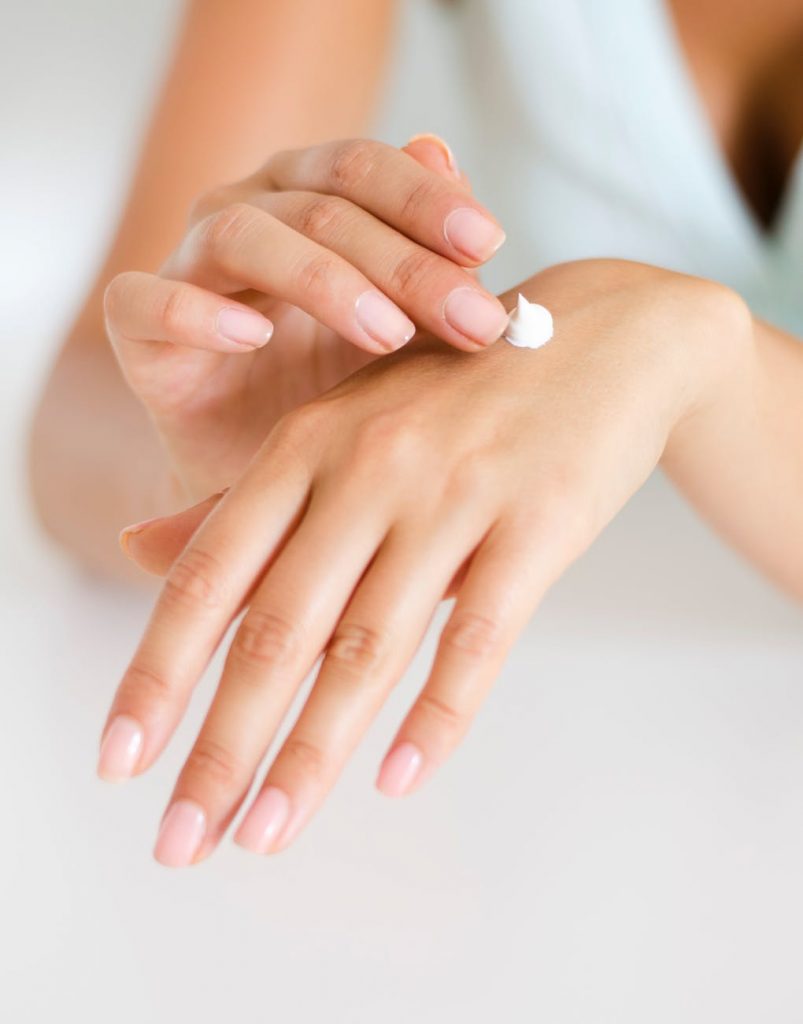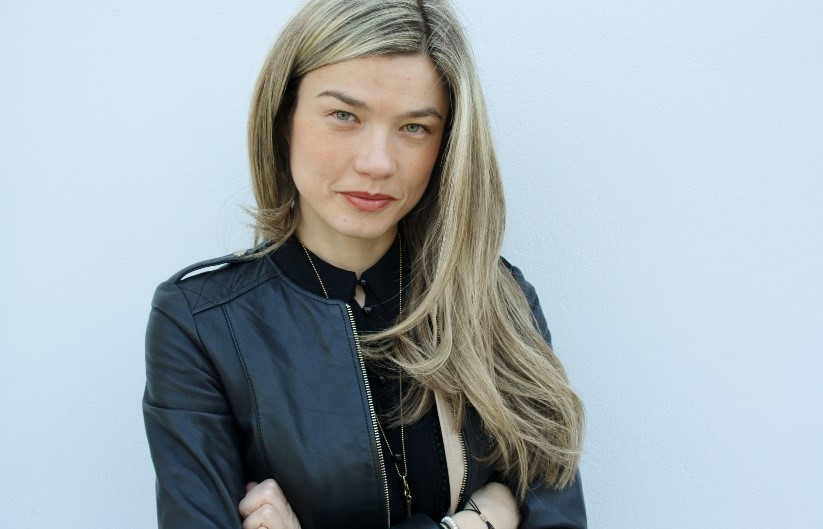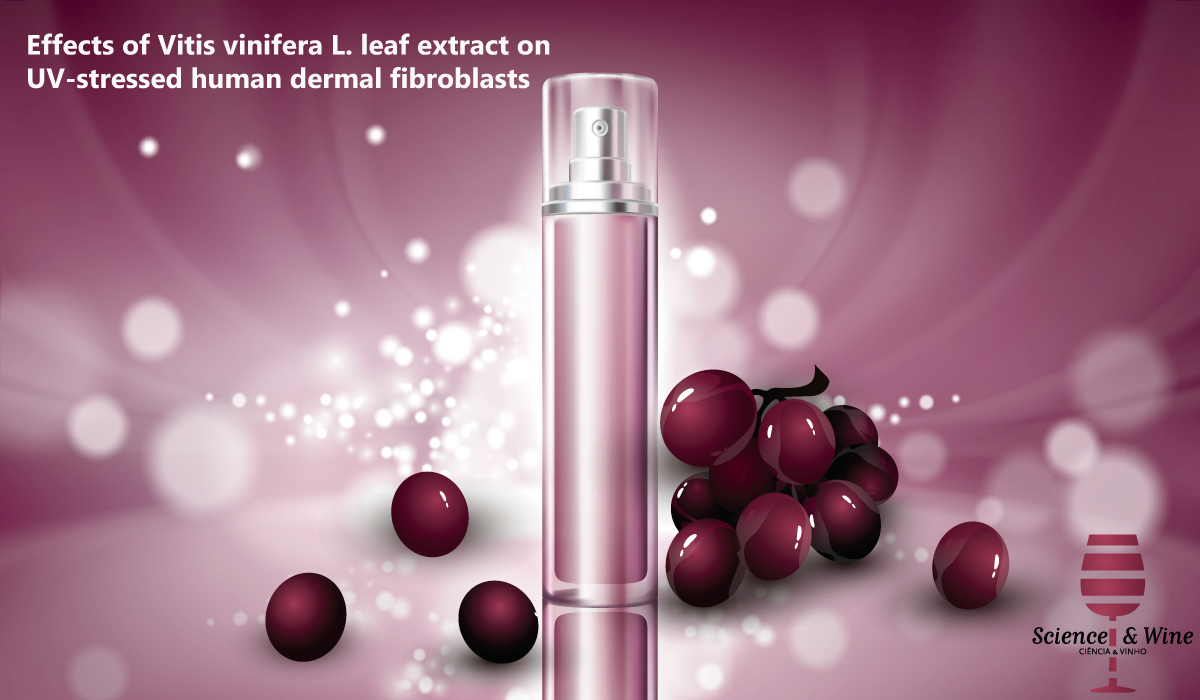by Sophia Letsiou
The ever-increasing ultraviolet radiation reaching the surface of the earth has resulted in skin overexposure and accounts, in part, for skin-related disorders. UV radiation is classified to three types depending on radiation wavelength, UVA (320-400nm), UVB (280-320nm) and UVC (200-280nm). UVA which comprises 90% of total radiation penetrates through the epidermis and dermis skin layers accessing fibroblast cells where it induces the generation of reactive oxygen species (ROS), leading to oxidative damage and ultimately destruction of fibroblast cells, thereby contributing to skin photoaging [1]. Τhe morphology of fibroblasts is directly related to sun exposure. In a sun-protected skin, fibroblasts are extensively flattened/spread, while in photodamaged skin, the fibroblasts have a collapsed/elongated shape [2]. Apart from fibroblasts’ morphological changes that eventually lead to skin aging, the harmful effects of UVA radiation include erythema, edema, hyperpigmentation and skin cancer [3]. Seed and leaf extracts from plants, like grapevine, Vitis vinifera L. (Viticeae), have been implicated in the protection from oxidative damage induced by UVA overexposure as secondary metabolites such as polyphenols have been found in many occasions to play a protective role in skin aging by stimulating anti-oxidant and anti-aging cellular mechanisms [4]. Moreover, in recent years it has been demonstrated that a series of genes including genes encoding sirtuin 1 (SIRT1) and heat shock protein 47(HSP47) are associated with anti-aging mechanisms [5–8]. SIRT1 is a highly conserved nicotinamide adenine dinucleotide (NAD)+ -dependent deacetylase, with histone deacetylase activity [9]. It was originally identified in S. cerevisiae as the silencing information regulator, Sir2, and was shown to act as a regulator of longevity [9]. The human orthologs of Sir2 include seven members, SIRT1 to SIRT7. SIRT1 has been associated with chromatin remodeling, stress responses, DNA repair, insulin regulation, and lifespan prolongation [5–7]. On the other hand, HSP47 is a collagen-specific molecular chaperone that is essential for the biosynthesis and secretion of collagen [8]. The expression of the HSP47 gene has been positively associated with collagen maturation and accumulation of good quality collagen in the extracellular matrix [8]. The regulation of anti-aging and anti-stress gene activation or silencing is crucial for modulation of the anti-aging process. Increasing evidence has suggested that the regulation of these genes is under epigenetic control, that is, alterations in gene expression which do not involve changes in the underlying DNA sequences but originate from changes in chromatin configuration [10, 11]. In recent years, the environment has been shown to play a crucial epigenetic role in genome organization as it can lead to changes in chromatin architecture resulting in transcriptional reprogramming with profound effects in cellular function. Environmental factors that have an impact on chromatin structure and shape the epigenome include stress, aging, dietary habits, and generally lifestyle [10, 12]. Changes in chromatin structure are accomplished mainly by three mechanisms, DNA methylation, histone modifications, and the action of small RNAs and result in either repressed or permissive chromatin states associated with gene silencing or gene expression, respectively. DNA methylation is an essential epigenetic mechanism that regulates all aspects of development as well as the response to external stressors. DNA methylation found in promoters of human genes leads to closed chromatin structure and subsequently gene silencing whereas DNA methylation in the gene body is mostly associated with gene activation [11]. The DNA methylation profile of the human genome changes profoundly under stressful conditions and during the aging process across cell types and in different tissues [10].

In the present study we aimed to assess potential transcriptional and epigenetic changes conferred by a V. vinifera L. (grapevine) leaf extract in primary normal human dermal fibroblast (NHDF) cells, under normal conditions and after subjection to UVA stress. V. vinifera L. leaves are coming from the ancient variety of Athiri, indigenous to Greece, were collected from conventional grapevines from the Greek island of Santorini in the southern Aegean Sea.

We have observed a significant induction of genes known to be implicated in skin anti-aging, SIRT1and HSP4, demonstrated in the presence of the extract under normal or UVA conditions. In addition, DNA methylation profiling of SIRT1 and HSP47 promoters showed that the V. vinifera L. extract induced changes in the DNA methylation pattern of both genes that may be associated with SIRT1 and HSP47 gene expression.
Our study suggests a coordinating function of these two genes under UVA stress and a concomitant induction upon addition of a vine leaf extract that may be associated to DNA methylation changes. The results of our study will contribute to understanding further the molecular mechanisms governing anti-aging and stress responses in human dermal cells and may lead to new target molecules for skin-care products.
See more details on this study: Transcriptional and epigenetic effects of Vitis vinifera L. leaf extract on UV-stressed human dermal fibroblasts. Sophia Letsiou, Aliki Kapazoglou, Athanasios Tsaftaris. Molecular Biology Reports, Jul 2020, 1-10, https://doi.org/10.1007/s11033-020-05645-7.

Dr. Sophia Letsiou. She holds and PhD in biochemistry and she is the Head of Biochemistry Laboratory in APIVITA SA (letsiou-s@apivita.com). Her research interest is focused on the molecular biology of human fibroblasts and bioactivity of natural extracts. She has authored several original research papers and she is the principal investigator of five patents on skin-care products.
References
- Yamaba H, Haba M, Kunita M, et al (2016) Morphological change of skin fibroblasts induced by UV Irradiation is involved in photoaging. Exp Dermatol 25:45–51. https://doi.org/10.1111/exd.13084
- Varani J, Schuger L, Dame MK, et al (2004) Reduced Fibroblast Interaction with Intact Collagen as a Mechanism for Depressed Collagen Synthesis in Photodamaged Skin. J Invest Dermatol 122:1471–1479. https://doi.org/10.1111/j.0022-202X.2004.22614.x
- Amaro-Ortiz A, Yan B, D’Orazio J (2014) Ultraviolet Radiation, Aging and the Skin: Prevention of Damage by Topical cAMP Manipulation. Molecules 19:6202–6219. https://doi.org/10.3390/molecules19056202
- Soto M, Falqué E, Domínguez H (2015) Relevance of Natural Phenolics from Grape and Derivative Products in the Formulation of Cosmetics. Cosmetics 2:259–276. https://doi.org/10.3390/cosmetics2030259
- Alcendor RR, Gao S, Zhai P, et al (2007) Sirt1 Regulates Aging and Resistance to Oxidative Stress in the Heart. Circ Res 100:1512–1521. https://doi.org/10.1161/01.RES.0000267723.65696.4a
- Haigis MC, Guarente LP (2006) Mammalian sirtuins–emerging roles in physiology, aging, and calorie restriction. Genes Dev 20:2913–2921. https://doi.org/10.1101/gad.1467506
- Guarente L, Picard F (2005) Calorie Restriction— the SIR2 Connection. Cell 120:473–482. https://doi.org/10.1016/j.cell.2005.01.029
- Ito S, Nagata K (2017) Biology of Hsp47 (Serpin H1), a collagen-specific molecular chaperone. Semin Cell Dev Biol 62:142–151. https://doi.org/10.1016/j.semcdb.2016.11.005
- Imai S, Armstrong CM, Kaeberlein M, Guarente L (2000) Transcriptional silencing and longevity protein Sir2 is an NAD-dependent histone deacetylase. Nature 403:795–800. https://doi.org/10.1038/35001622
- Pal S, Tyler JK (2016) Epigenetics and aging. Sci Adv 2:e1600584. https://doi.org/10.1126/sciadv.1600584
- Liang YC., Widelitz R. CC (2018) Epigenetic Regulation of Skin Development and Regeneration. Springer International Publishing, Cham
- Pagiatakis C, Musolino E, Gornati R, et al (2019) Epigenetics of aging and disease: a brief overview. Aging Clin Exp Res. https://doi.org/10.1007/s40520-019-01430-0

